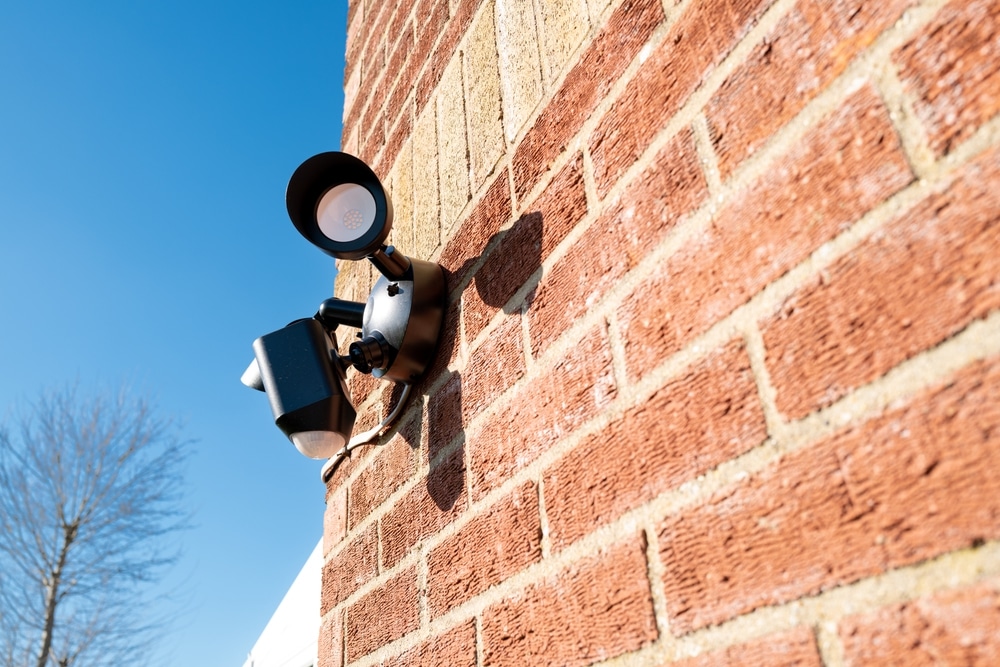
Ring cameras have established themselves pretty nicely when it comes to security devices, and millions of customers are moving towards Ring units for their smart security systems. While the majority of customers have been pretty happy with their Ring devices, there have been a few complaints here and there about the Ring Floodlight not turning off.
These complaints about the Ring Floodlight are pretty rare, but it can be pretty annoying when the floodlights are not responding to your input. So, here are some solutions for situations when the Ring Floodlight is not turning off.
Ring Floodlight Not Turning Off
- Minimize Detection Sensitivity
The lights will only come on when there is an activity in the detection zones. Some owners like to set the sensitivity too high on the trigger zones, and even the smallest movement by an animal or any other object triggers the lights. These lights will remain on until there is an activity in the trigger zones, and you need to change the sensitivity to find the perfect spot that doesn’t present too many false alerts.
Ideally, you should be able to permanently fix this issue by limiting the detection sensitivity. So, make sure to minimize the detection sensitivity and then check the response of your Ring security camera one more time.
- Adjust Trigger Zones
Keeping large trigger zones will also play into this situation, and you should try to reduce the trigger zone size so that it doesn’t cover the area ahead of your yard. That way, small movements on the street won’t trigger the lights, and they will be able to turn off once there is no movement detected by the device. So, simply adjust the trigger zones, and that should be enough to limit the response from your floodlights.
- Turn Off Motion Recording
Sometimes, it is just better to turn off the “Record Motion” features through the smart application as that can create issues with the lights. However, turning these features off will mean that your camera won’t detect any motion, and there won’t be any alerts through your mobile device.
So, instead of turning off motion recording immediately, try to first limit the sensitivity and then proceed with the elimination of the motion recording features. That should be enough to address all the complications with Ring Floodlight not turning off when there isn’t any motion in the trigger zones.
- Power Cycle Your Ring Unit
It is also possible that there isn’t anything wrong with your configurations, and you need to power cycle the Ring device before connecting it back to the application. Minor bugs like the floodlights not turning off can often present themselves every now and then, and a quick power cycle should fix this situation. So, just remove all power from your Ring unit and then wait for a few more minutes before connecting the power back to the floodlights. Hopefully, you won’t have to reset the device, and the issue will be fixed at this point.
- Hard Reset Your Device
On the other hand, if the issue is still persistent, then the last thing left to do is to reset the Ring unit to factory settings. You can hold down on the power button to reset the majority of Ring units, but that can vary depending upon the model of Ring unit installed in your home. So, try to go through the owner’s manual and then hard reset the device to address these complications with Ring floodlights not turning off.
- Call Ring Support
If you’re in a situation where the issue won’t get fixed even after going through all of these fixes, then your best bet is to get help from the Ring customer support department. These devices are pretty reliable, and the customer support professionals are very responsive. They will help you narrow down and eliminate the problem when you’re unable to get anywhere with the troubleshooting process.
So, if you wish to save yourself the hassle of going through all of these steps multiple times, just reach out to the customer support experts, and they will help you get through the process much faster. Hopefully, you won’t have to ask for a replacement, and the unit will be fixed in no time.